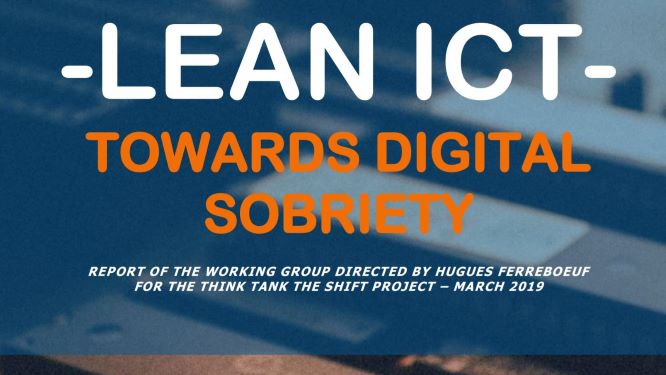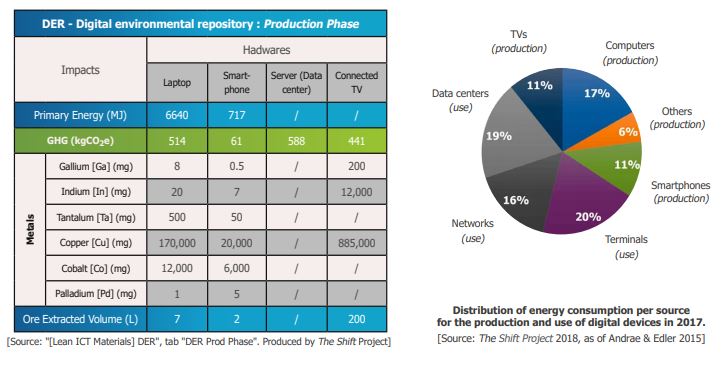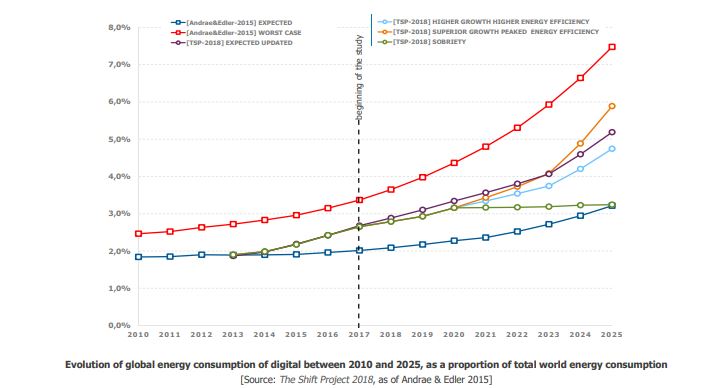Lean ICT. Digital’s Need to relook its energy profile
A report released by the Shift Project, a french think tank, throws light on the impact of digital gadgets due to their energy use. In other words, going easy on all those gadgets might not just help you mentally, but contribute to a lesser burden on Earth too.

‘Lean ICT- Towards digital Sobriety’ is the latest report from The Shift Project , a French think tank advocating the shift to a post-carbon economy. Though focused on Europe normally, in this case, the Shift Project team has looked wider, with a report that urges us to reconsider our digital purchases. Thus, while you might imagine that the constant recharging of your smartphone and laptop is the biggest energy footprint of these devices, you need to consider the massive energy that has gone into their manufacture too. In fact, the energy intensity, or the energy required to make each unit of a digital product, has been going up by 4% every year , even as the same goes down for other key categories
That can be blamed on the increased miniaturisation we see and demand in digital, that requires ever higher energy to achieve. Not just that, miniaturisation also means higher energy consumption for recycling, as more energy is expended to sort and sequester the many components of a digital device.

Overall, the energy consumption of Information and Communication Technologies (ICT) is increasing by 9% every year, and already accounts in 2018 for 3.7% of global greenhouse gas (GHG) emissions.
The digital transition as it is currently implemented participates to global warming more than it helps preventing it. That is the main conclusion of the carbon transition think tank The Shift Project’s report on the environmental impact of ICT.
The environmental impact of digitalisation becomes manageable if it is leaner, and it is possible to limit this growth to 1.5% per year by moving to sober digital practices – as this report proves. While high
income countries alone bear the responsibility of over consumption, moderating use of ICT devices is just one aspect. To give just one example, in 2018, an average American owns 10 digitally connected devices and consumes 140 Gigabytes of data monthly while an average Indian only owns one device and consumes 2 Gigabytes monthly.

Whats worse is that the impact of the digital transition on growth and productivity remain invisible in developed countries over the last 5 years. OECD GDP’s growth rate remains stable around 2% while
the annual growth of digital expenditures has increased from 3% to 5%. Pointing to productivity increases from digital, largely playing out in the past decade. interestingly, Articifial Intelligence of AI, widely touted as the next big shift, consumes even more energy.
The sober practices that the report talks about include capping production of smartphones and televisions at 2017 levels, besides many more suggestions on data sharing and better awareness of the carbon footprint of our digital life. Among corporates especially.




